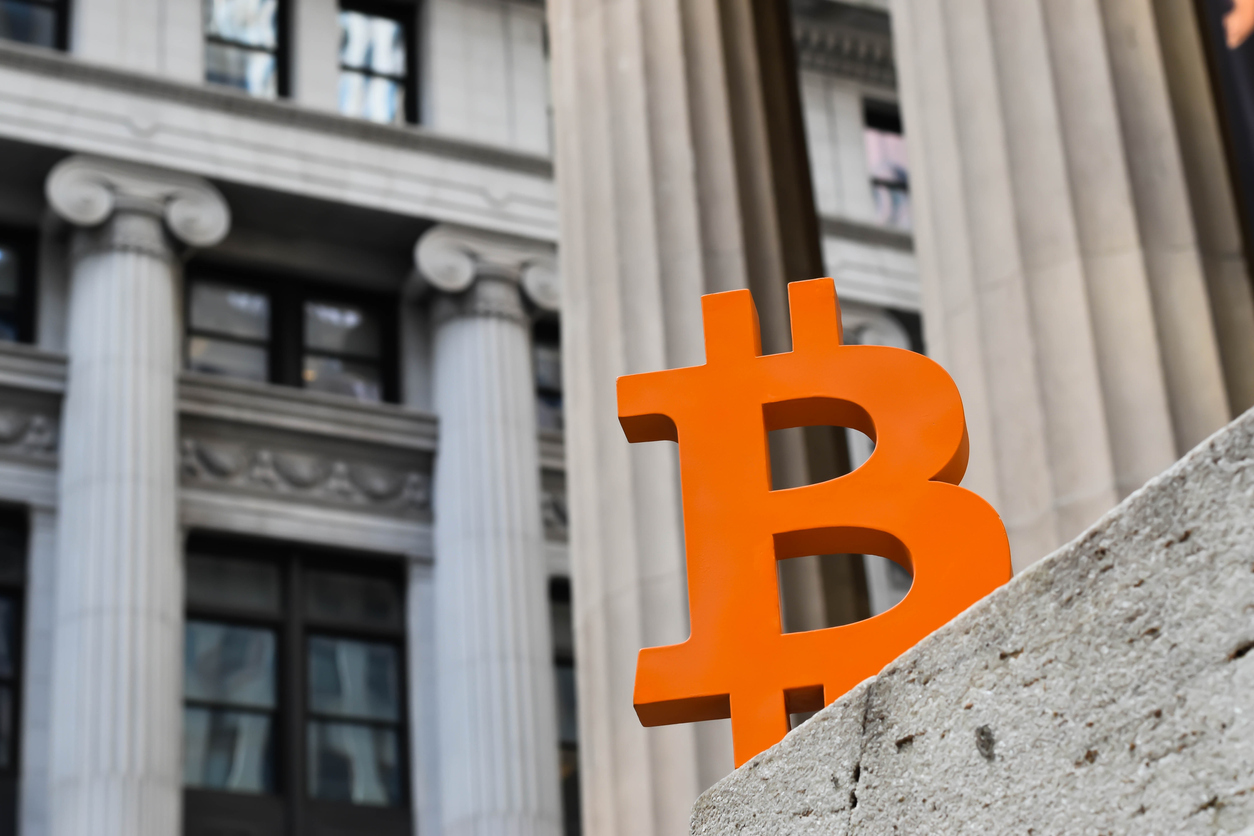Attempts to suppress cryptocurrency now would only drive the market underground or into jurisdictions tolerant of its negative deployment. Instead, there should be an effective, global regulatory framework making cryptocurrencies safer for investors, writes Timur Tillyaev.
In May this year, a crash in crypto prices wiped out over $300 billion of value in one week, igniting fears that the runaway development of crypto could cause a global financial crisis.
That the crash was triggered by the implosion of a ‘stablecoin’, TerraUSD, caused particular concern. Stablecoins are so named because they are linked to low-risk assets, but TerraUSD’s peg to the US dollar was via another cryptocurrency, Luna – and when the market lost faith in Luna, it took down TerraUSD, along with the confidence of many crypto investors.
At the same time, in early June Japan became the first major economy to introduce formal regulation on stablecoins, legally defining them as digital currencies.
Should there be a clamp down on crypto?
Or can it still become a catalyst for positive change if proper measures are implemented? There are strong calls on either side.
Last year, China banned all crypto transactions, citing crypto’s role in facilitating financial crime and the risk its speculative nature poses to the country’s financial system. In February, the deputy governor of India’s central bank T Rabi Sankar stated “banning cryptocurrency…is the most advisable choice for India.” Most recently, American billionaire businessman Charlie Munger, applauded China’s move to ban crypto, calling for the same to be done in the US.
Crypto concerns are valid
The anonymity of cryptocurrency transactions allowed it to be used for money laundering and financing illegal activities, as well as in Ponzi schemes and other kinds of fraud. Earlier this year, US Senator Elizabeth Warren raised concerns that crypto could also be used by Russia to circumvent economic sanctions.
At the same time, crypto has the potential to bring in major benefits. Lower transaction costs can facilitate micropayments, while smart contracts reduce banking fees, revolutionising financial inclusion, especially in developing and emerging-market countries. “Globally, privileged, developed and free societies account for only 20% of the global population. Crypto provides an alternative economic system that enables greater financial empowerment and independence,” states policy analyst Evin Cheikosman. Others like Alpen Sheth of Mercy Corps Venture highlight crypto’s technological significance, for example how cryptocurrency networks “provide a new paradigm for secure data and value transmission”.
But whatever your position, considering a full ban on cryptocurrencies possible at this stage is wishful thinking. They are already an established feature of the global financial landscape. In 2021 alone, 16% of Americans and 10% of Europeans invested in crypto-assets, and the first Bitcoin exchange-traded fund was launched in the US. Even after the recent crash, the global cryptocurrency market is worth over $900 billion by some estimates. In other words, the genie is out of the bottle.
Suppressing cryptocurrency now would only drive the market underground
Or into jurisdictions where its negative uses would thrive.
Instead, there should be effective, global regulation implemented to take full advantage of the benefits of this emerging technology. And while cryptocurrency is on the frontier of innovation, looking at past mistakes can be instructive.
This is not the first time the global financial system has faced uncertainty and issues when faced with new asset types. Non-regulated Collateralised Debt Obligations (CDOs) which became notorious as a leading cause of the 2008 financial crisis are one example. Over-the-counter (OTC) derivatives, which are financial contracts that do not trade on an asset exchange, were another instrument found to play a role in the crash. In 2010, regulation of OTC derivatives was brought in with then European Commissioner for Internal Market and Services Michael Barnier stating, “no financial market can afford to remain a Wild West territory”.
But in the case of both OTC derivatives and CDOs, regulation came after the crash. This time around, regulators seem to be determined to put effective regulation in place before crypto can cause a global financial crisis.
Regulation to prevent crisis
Fabio Panetta, Member of the Executive Board of the European Central Bank, pointed out in April that the crypto market was larger than the $1.3 trillion sub-prime mortgage market which triggered the 2008 global financial crisis. “Now is the time to ensure that crypto-assets are only used within clear, regulated boundaries and for purposes that add value to society,” he said.
Major crypto market players also accept the inevitability of regulation and want to play a part in its development. Changpeng Zhao, CEO of Binance, the world’s largest exchange for trading Bitcoin and other cryptocurrencies, said recently that it is time for regulators and industry players to work together to develop effective, global, fit-for-purpose regulation.
Conclusion
The debate surrounding cryptocurrency is too often polarised between advocates and detractors. What is clear is that crypto brings in new possibilities but also familiar problems. The latest crash in the global crypto market should serve as a serious warning for governments, investors and the fintech sector to bring in comprehensive regulation. We must learn from past mistakes in order to realise cryptocurrency’s full potential and protect our financial system from a crisis.
[ymal]












